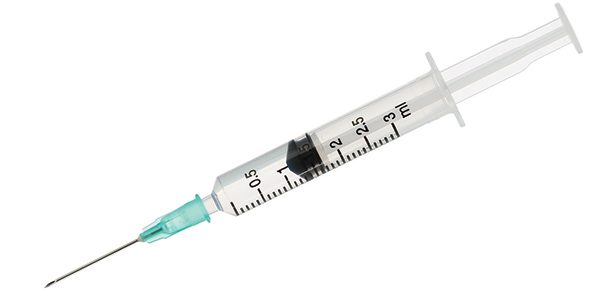

Joint Pain? Try Stem Cell Therapy
Substantial joint damage and degenerative diseases like osteoarthritis once meant constant pain and a slow decline for afflicted dogs and cats, but a new treatment is now improving patients’ quality of life by reducing pain and inflammation and actually rebuilding healthy tissues.
Substantial joint damage
and degenerative diseases
like osteoarthritis once
meant constant pain
and a slow decline for
afflicted dogs and cats,
but a new treatment is now
improving patients’ quality
of life by reducing pain and
inflammation and actually
rebuilding healthy tissues.
Regenerative stem
cell therapy involves
extracting and isolating the
regenerative stem cells—
cells that activate in case
of injury and produce the type of cell required to repair the
damage—from the animal’s own fat tissue and injecting them
directly into the diseased or damaged joints.
Last October, Dr. Joe Whalen, DVM, of the Chicago-based LePar
Animal Hospital, became the first veterinarian in Illinois to
successfully treat three of his canine patients with in-house
stem cell therapy. Dr. Whalen extracted a sample of each dog’s
fat tissue and processed it to isolate highly potent regenerative
stem cells. The cells were then injected intravenously into the
canine’s diseased and damaged joints. The process took about
90 minutes and cost approximately $2000 per dog, which
covered injections into multiple joints.
Stem cells processed on site are more likely to have a clinical
benefit and, as Dr. Whalen notes, the cost of the therapy is
lower than when an off-site lab is used to isolate the stem
cells, making the procedure possible for a greater number of
patients.
If your vet doesn’t offer this service in-house, you can still
utilize the therapy by going through Vet-Stem, a San Diegobased
company specializing in fat-derived stem cell therapy
for veterinary medicine. Using an off-site lab such as Vet-Stem
is currently the most common practice. It requires a sample
be taken and shipped to them to be processed before being
shipped back, a procedure that takes about 48 hours and
requires two separate vet visits.
If stem cell therapy is something you’re interested in
considering, speak to your vet about your options. For some
prospective patients, such as those with cancer or severe
degenerative joint disease, the procedure might be too risky.
For others, like Gabby, the 11-year-old Rottweiler who regained
a remarkable degree of mobility a week after a stem-cell
procedure for her arthritic knees, it can make a real difference.
Join the newsletter and never miss out on dog content again!
"*" indicates required fields
By clicking the arrow, you agree to our web Terms of Use and Privacy & Cookie Policy. Easy unsubscribe links are provided in every email.





